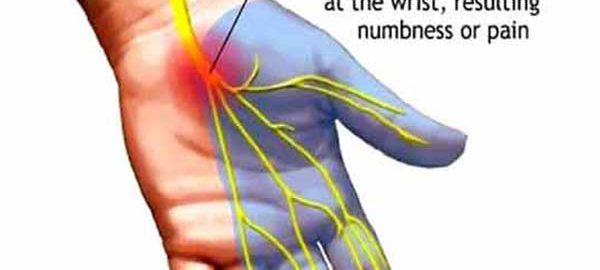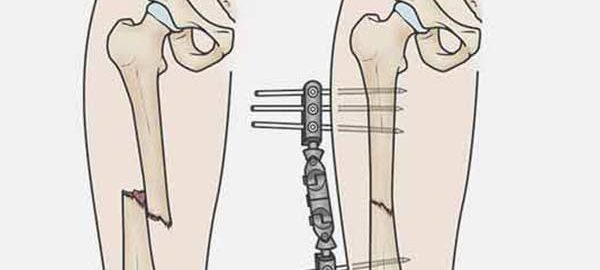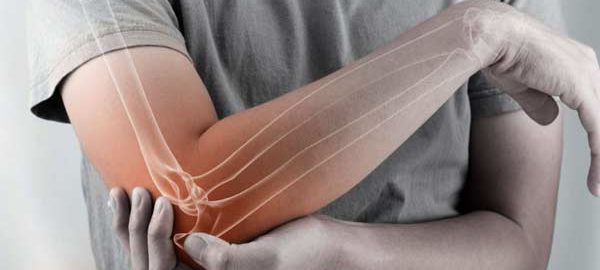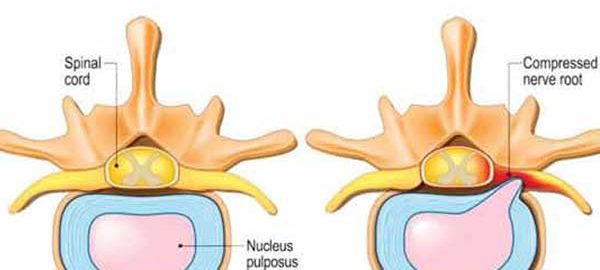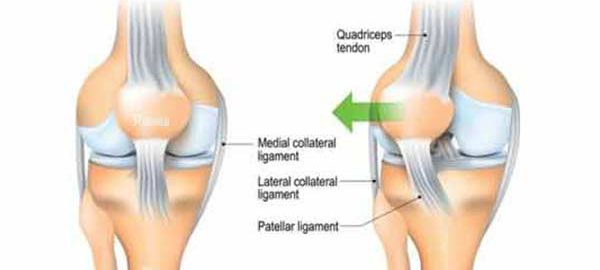Carpal Tunnel Operation duration
The duration of the Carpal Tunnel Operation is approximately 60 minutes. Generally, the patient can go home the same day of the surgery, although it will depend on the indications of the orthopaedic doctor in Delhi.
What is the Carpal Tunnel Operation?
The carpal tunnel syndrome is a condition in which the median nerve is subjected to excessive pressure. The median nerve is located in the wrist and allows the hand to have sensitivity and movement in certain parts. When a person has carpal tunnel syndrome, they often feel numbness, tingling, weakness, or muscle damage to the hand and fingers.
This syndrome can be caused by using tools that vibrate and it is even believed that other activities such as typing, using the mouse, playing an instrument … can cause this inflammation and narrow the carpal tunnel, causing pain.
Other causes can be alcoholism, fractures of the bones, arthritis in the wrist, cyst or tumor in the wrist, infections, obesity, fluids that accumulate during pregnancy and menopause, or rheumatoid arthritis.
It is more common in women than in men and occurs especially in people between 30 and 60 years old.
Surgery Information
What is Carpal Tunnel Release Surgery?
It is a minimally invasive surgical procedure in which the ligament that exerts pressure on the nerve is cut. Local anaesthesia is used and the patient leaves the hospital the same day. At home, the patient is advised to make hand and wrist movements to avoid stiffness and swelling.
The surgical intervention has a very short duration, about 15 minutes.
The use of a special wristband may be indicated during the first three weeks. Of course, overexertion and forced wrist postures should be avoided.
Normally it is a very effective surgery, but it will depend on each patient. Full recovery can take about two months.
After the operation you may feel discomfort or swelling, for this, the orthopaedic in Delhi will prescribe the indicated medication.
Full recovery usually occurs after these 4 or 6 months. This intervention is usually very effective. The innovative techniques used make possible a faster recovery and fewer complications in surgery.
Do not hesitate to go to a consultation with the orthopaedic surgeon in Delhi if you think you may have this problem.
What symptoms does carpal tunnel syndrome have?
Some of the most common symptoms are:
- The clumsiness of the hand when grasping objects.
- Numbness and tingling in the thumb and the next two or three fingers. It can also be felt in the palm of the hand.
- Pain from hand to elbow.
- Pain in the hand or wrist.
- Problems with coordination in fine movements.
- Atrophy of the muscle below the thumb.
- Difficulty loading bags.
- Weakness in one or both hands.
What is the initial treatment?
When this syndrome appears, your orthopaedic doctor in Dwarka will advise you to wear a splint at night, avoid sleeping on your wrists and apply cold or heat to the affected area. Additionally, nonsteroidal anti-inflammatory drugs (NSAIDs) or corticosteroid injections may be prescribed to relieve symptoms.
When none of these treatments works, carpal tunnel release surgery can be used. In the long term, surgical treatment is the only solution for carpal tunnel syndrome.

